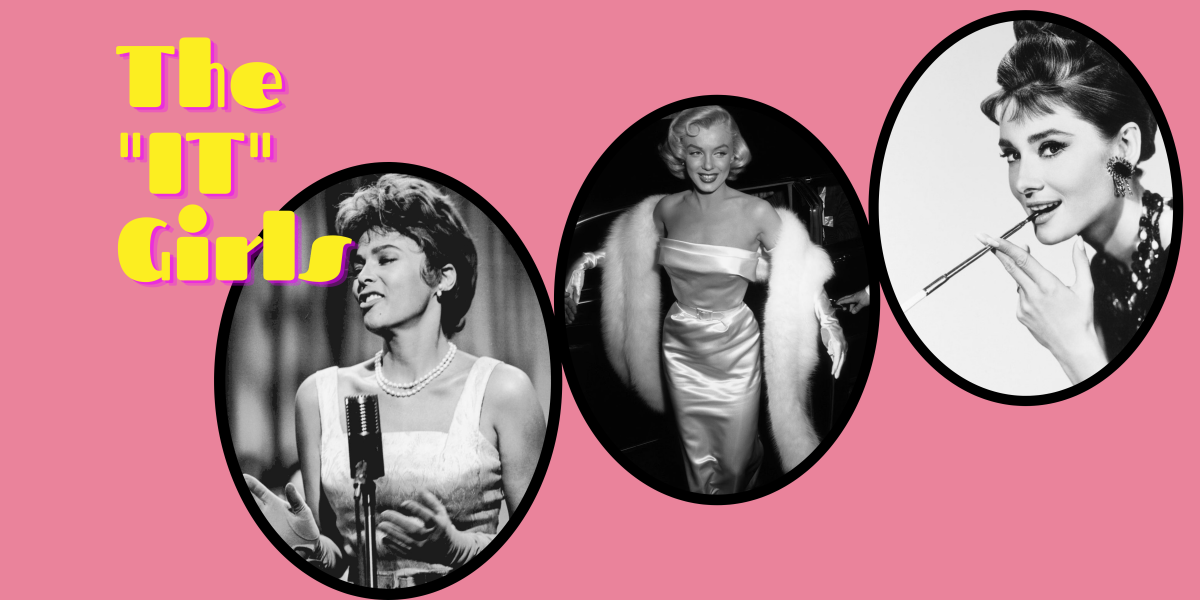With the rise of the film industry inevitably comes the practice of turning actors and actresses into stars made for profit. Film companies would manufacture stars’ personas and release scandalous information to the press in order to create more interest in the public about these actors and actresses’ “private” lives. This led studios’ films to get more viewership when they included big star names in their projects.
Nowadays, this practice still happens, but due to the rise in internet influencers and their celebrity status, their personal lives are seemingly more accessible to the public. With the public’s obsession of celebrity culture comes identifiable “it girl(s)” of every decade. There are many articles out there from various pop culture magazines that list the various “it girls” of the time.
What I think is more interesting than examining who is the most famous, most sought after, most talented, most liked celebrity of every decade, is taking a closer look at the names and icons from early Hollywood that have stuck around to this day.
The first name that comes to mind when I think of an early icon is Audrey Hepburn. Hepburn’s image is hung everywhere, plastered wherever her photo can possibly find relevance. Hepburn has been an icon for decades now, maintaining her relevance despite it no longer being the 1950’s. To this day, young girls idolize her image and what she represents.
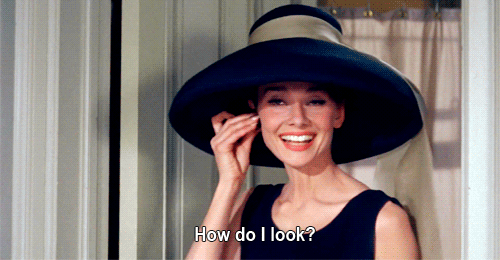
She symbolizes sophistication, high class, she’s classically beautiful and chic, and she is European, adding to her aura of attraction. Young girls repost her image on social media platforms, hang her poster up in their rooms, showcasing their love for her even though most have probably not seen her films, but it’s what she represents that has made her an idol for women of all ages.
As it turns out, Audrey Hepburn was not the only famous actress of the 1950’s. Right by her side was Norma Jean Baker, otherwise known as Marilyn Monroe. Monroe can be described as the antithesis of Audrey Hepburn. Monroe had a curvy body, big blonde hair and a risqué persona. She was a sex symbol, characterized by the roles she played in films and her manufactured star persona of being a blonde bombshell.
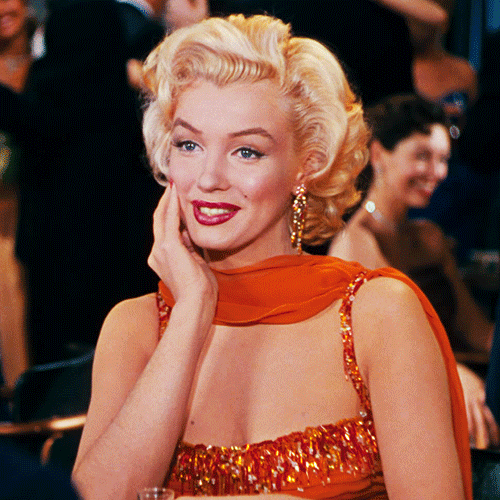
Hepburn’s body was also intensely analyzed by the press and was described as “boyish” and “flat.” Their differences in physical appearance and the roles they were casted in caused a divide in the public’s perception of the two stars. In Rachel Moseley’s research article, “Trousers and Tiaras: Audrey Hepburn, a Woman’s Star,” people often described Monroe, flaunting her curves and owning her sexuality, as a girl made for the guys. Hepburn was seen as an idol for other women as she came off as more respectable and cute instead of being coined with the dreaded term, “sexy.” Hepburn was said to be seen as “one of the girls.” Because her body naturally lacked curves, Hepburn was credited for not casting unrealistic beauty standards on women because her body type didn’t threaten them.
The women that preferred Audrey Hepburn over Marilyn Monroe for these reasons have obviously been conditioned and manipulated by the patriarchy and the shallow men in their lives. And as we all know, the majority of women cannot see themselves as Audrey Hepburn because a lot of women can’t relate to her very tall and thin body type.
“Breakfast at Tiffany’s” is arguably Audrey Hepburn’s most iconic movie. The author of the novella before it was turned into a movie is named Truman Capote. Capote wanted Marilyn Monroe to be casted as the protagonist, Holly Golightly, instead of Hepburn. The studio did not want to cast Monroe as the protagonist because they had intentions on masking the provocativeness of the original story and in order to do so, they needed to cast a more “refined” actress. The studio went with Hepburn as she was known for her Cinderella-like transformations in her films, as well as her high-class aura.
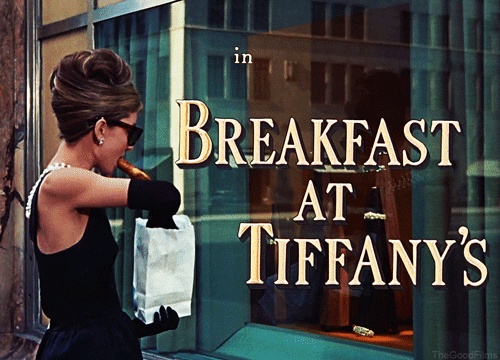
This strategic casting choice was done in order to change the character of Holly Golightly as less of a paid escort, as made clear in Capote’s novella and instead portray her as more of a stylish, dignified and endearing paid escort that was seen as a role only Hepburn could fulfill. The studio seemed to miss out on one major key point: an escort can be both dignified and an escort.
Going along with some of the public declaring their preference for Hepburn over Monroe due to Hepburn’s lack of sex appeal and therefore, perceived elegance, there is a graver injustice in the absence of women of color from early Hollywood being as idolized and remembered for their fame and talent. For example, Dorothy Dandridge was the first African American actress to be nominated for an Oscar for Best Actress for her starring role in the 1954 film, “Carmen Jones.” Other popular actresses of color that have been so wrongly forgotten are Pearl Bailey, Dolores Del Rio, Josephine Baker, Ethel Waters, Anna May Wong, and the list goes on. The tragedy is that these beautiful women are not a part of white history, and therefore they are so cruelly forgotten.
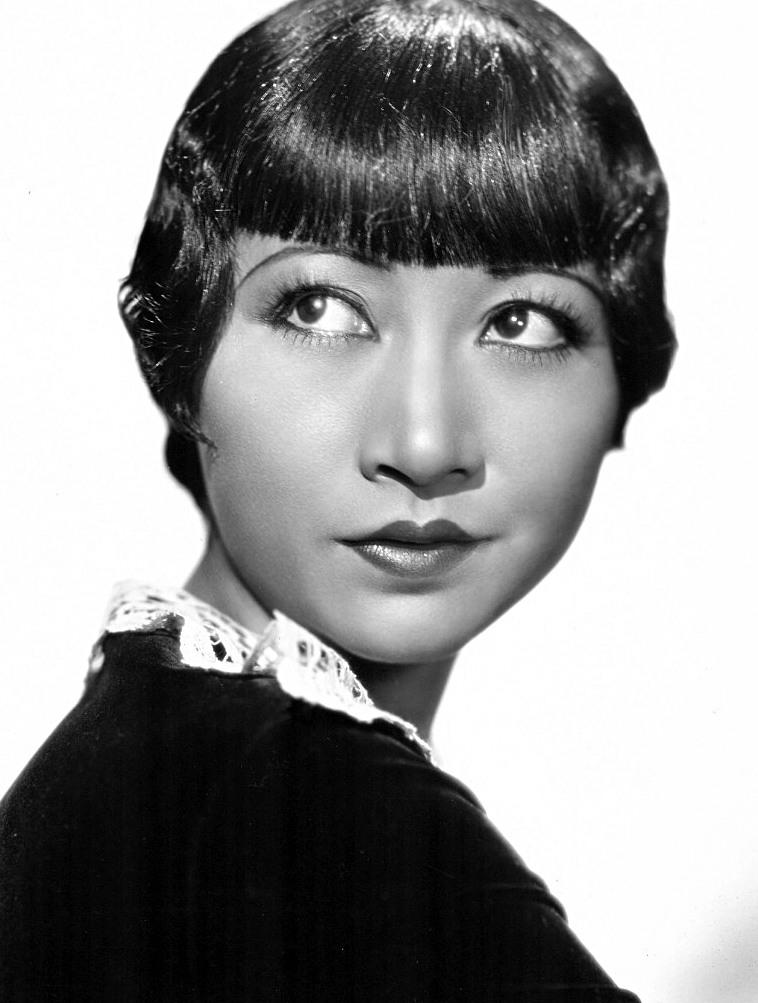
Anna May Wong 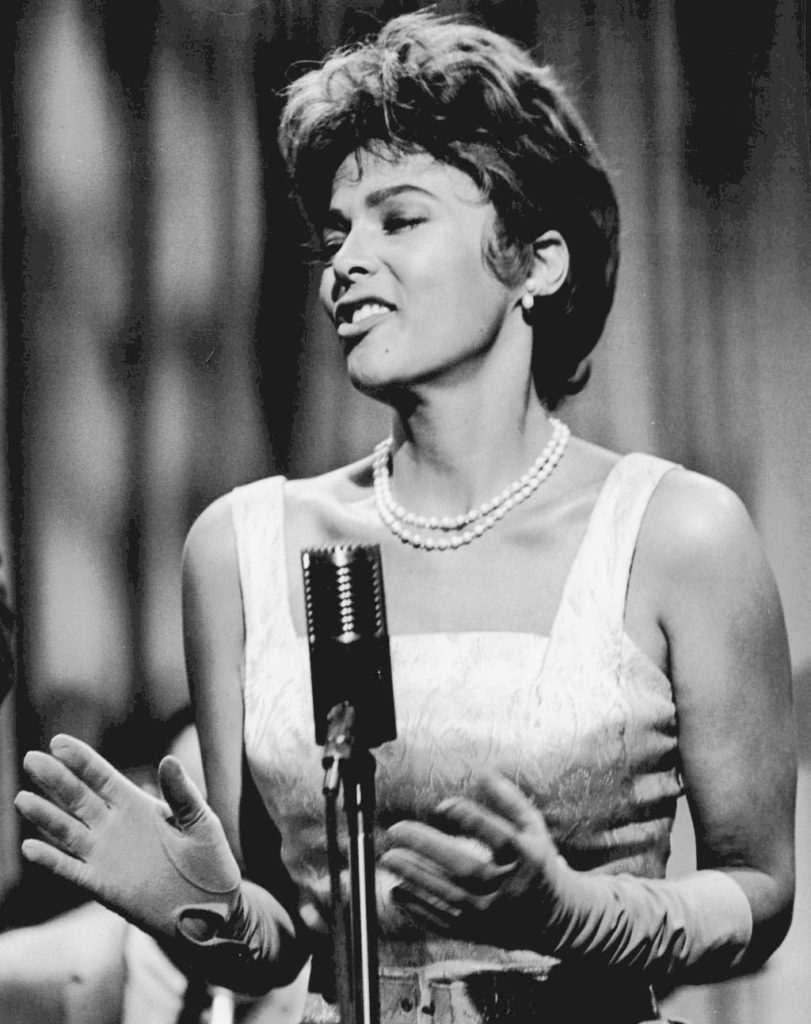
Dorothy Dandridge
No longer should the harsh, forgotten and deceptive remembrance of famous women and women of color be at the forefront of our recollection. Spreading truthful narratives along with dispelling rumors should be an active practice in our everyday lives to help be a part of creating honorable memories of stars.
Featured Image by Kara Fields































